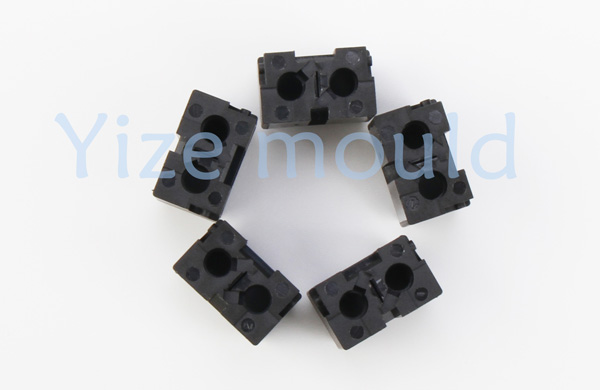Brittleness in injection molded products is a non-negligible issue, often closely related to the presence of internal stresses. To delve into and resolve this problem, this article will comprehensively analyze the various factors leading to brittleness in injection molded products from four dimensions: molding equipment, mold design, injection process, and plastic product design, and propose corresponding improvement strategies.
Barriers in the Barrel: Any obstacles in the barrel of the injection molding machine can easily cause the melt to degrade during flow, affecting the product's toughness. Therefore, regular inspection and cleaning of the barrel are key to preventing product brittleness.
Matching of Plasticizing Capacity: Insufficient plasticizing capacity results in inadequate plasticization; conversely, excessive capacity may cause the plastic to be exposed to heat and shear for too long in the barrel, accelerating aging and making the product brittle. Properly matching the plasticizing capacity to ensure moderate plastic processing is crucial for maintaining product toughness.
Balance of Ejection Devices: Imbalance in the ejection device of the injection molding machine, particularly a small cross-sectional area of the ejector pins, increases the risk of uneven force distribution on the product, leading to increased brittleness. Optimizing the design of the ejection device to ensure uniform ejection force distribution is a necessary measure to improve product quality.

Gate Design: A too-small gate restricts melt flow, increases injection pressure, and may cause internal stress concentration in the product, leading to brittleness. Adjusting the gate size or adding auxiliary gates to promote uniform mold filling is an effective way to improve this situation.
Runner Layout: A too-small or improperly laid out runner can also affect the balance of melt flow, increasing product brittleness. Optimizing the runner design to ensure it is balanced, reasonable, and appropriately sized is key to enhancing product toughness.
Mold Structure: The rationality of the mold structure is directly related to the stability of the injection molding cycle and the final product quality. An unreasonable mold structure may lead to abnormal injection molding cycles, affecting product performance. Therefore, optimizing the mold structure to ensure a smooth injection molding process is an important step in preventing product brittleness.
Temperature Control: Low barrel and nozzle temperatures can result in inadequate plasticization, increasing product brittleness. Appropriately increasing the injection temperature to ensure sufficient plasticization is an effective method for improving product toughness.
Screw Parameter Adjustment: Reducing the back pressure and rotation speed of the screw can decrease the risk of plastic degradation due to shear overheating, thereby maintaining product toughness.
Mold Release Angle and Cooling Time: The mold design should consider an appropriate mold release angle to reduce stress during mold release. At the same time, adjusting the cooling time based on product characteristics to ensure the product is adequately cooled but not overcooled is also crucial for maintaining product toughness.
Avoiding Stress Concentration: Product design should avoid sharp corners, notches, and other areas prone to stress cracking, as well as designs with significant thickness variations. By rounding corners and ensuring uniform thickness, product brittleness can be effectively reduced.
Controlling Wall Thickness and Cutouts: Excessive thinness or too many cutouts in the product increase the risk of brittleness when subjected to force. Therefore, the wall thickness and cutout extent should be reasonably controlled during design to ensure the product is both aesthetically pleasing and practical.
In summary, the causes of brittleness in injection molded products are complex and diverse, involving multiple aspects such as molding equipment, mold design, injection process, and plastic product design. By comprehensively analyzing these factors and implementing corresponding improvement measures, we can effectively enhance the toughness of injection molded products and meet the market demand for high-quality products.